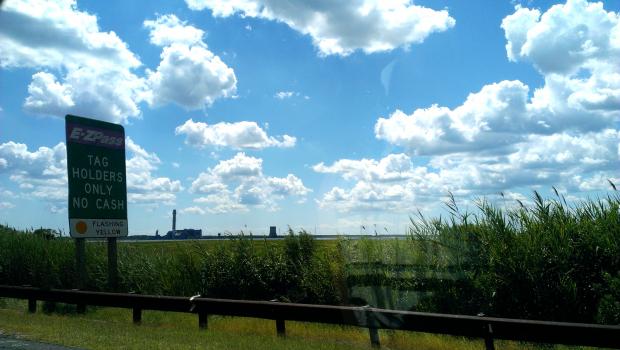
There are two important things to know about me. The first is I have an intense passion for the climate and weather. The other is that I’m from New Jersey and appreciate everything about it. The combination of these two facts gives me good reason to think about different perspectives of “extreme” in our state. Certainly, New Jersey is not the hottest or coldest place in the world, but The Garden State does have its own “ingredients” to make a heat wave fascinating to track.
A simple answer regarding the number of degrees for a high temperature and the number of days it will last suffices most people’s curiosity. For a climatologist or meteorologist, we must dig deeper to unearth and discover the real story of a heat wave. For example, it’s quite remarkable how much dew point will play a role in whether this heat wave is one you will remember 10 years from now or forget about next week. Most have heard of the heat index (what the temperature feels like factoring in the relative humidity) but few outside the climate world have heard of the term dew point depression. This measure is simply the subtraction of the dew point (the temperature in which water vapor condenses and forms liquid) from the air temperature. The dew point depression is low during a hot, muggy day and it is why you might feel like you are perpetually sweating.
Towards the latter half of last week, we saw some areas in Mercer, Gloucester, Camden and Salem counties record afternoon temperatures in the mid to upper 90°s with dew points approaching or surpassing the 80 degree mark. A dew point depression this low, with this high of a temperature and high dew point, causes the heat index to spike way past the comfortable range. When a fellow meteorologist and I were gawking over the abnormally high dew points, we noticed that winds in northern New Jersey were from the Northwest, which at the time was a hotter drier air. However, Southwest Jersey was under the influence of a more southerly wind which brought in moist air. So perhaps this time, it was slightly more comfortable in the extremely densely-populated areas of Essex and Hudson County than if you were in Mercer County.
Speaking more generally, local wind and surface characteristics can influence the air's moisture content and the value of the dew point depression greatly. A sea breeze off the the Atlantic can cool some areas down, but bring the dew point up. Vegetation and trees can hold moisture in, but prevent the air temperature from rising too fast. Newark, Trenton, New Brunswick, Camden, and Jersey City residents will tell you that their concrete jungle will not hold moisture too well, but that it holds the hot sun rays in just fine. In fact my colleague Joseph Martucci, who I frequently spend heat waves with at the shore, did some research into the varying dew points of New Jersey. He found that historically higher dew point depressions are found at Newark, Teterboro, and Trenton airports, while the airports at Millville and Atlantic City are much lower. He also concluded that on shore flow from both the Delaware Bay and the Atlantic Ocean can greatly influence the dew point depression. It’s safe to conclude since New Jersey has a little bit of everything, the dew point depression can dramatically change from area to area.
This brings me to a few points you must consider if you study the temperatures in the context of a prolonged heat wave. When thinking about putting the heat wave in perspective, it’s important to consider that it certainly was not the same heat wave in Newark as it was in Cherry Hill. We often have to ask ourselves what record we are we trying to examine; the highest dew point, the highest temperature, or the highest heat index. We also have to consider the time scales, and whether a brutally hot short-lived heat wave is more remarkable than a prolonged moderate heat wave. More so, going forward we will have to question how we anticipate the complexities of future heat waves regarding changes to our landscape, our weather, and our climate system.

